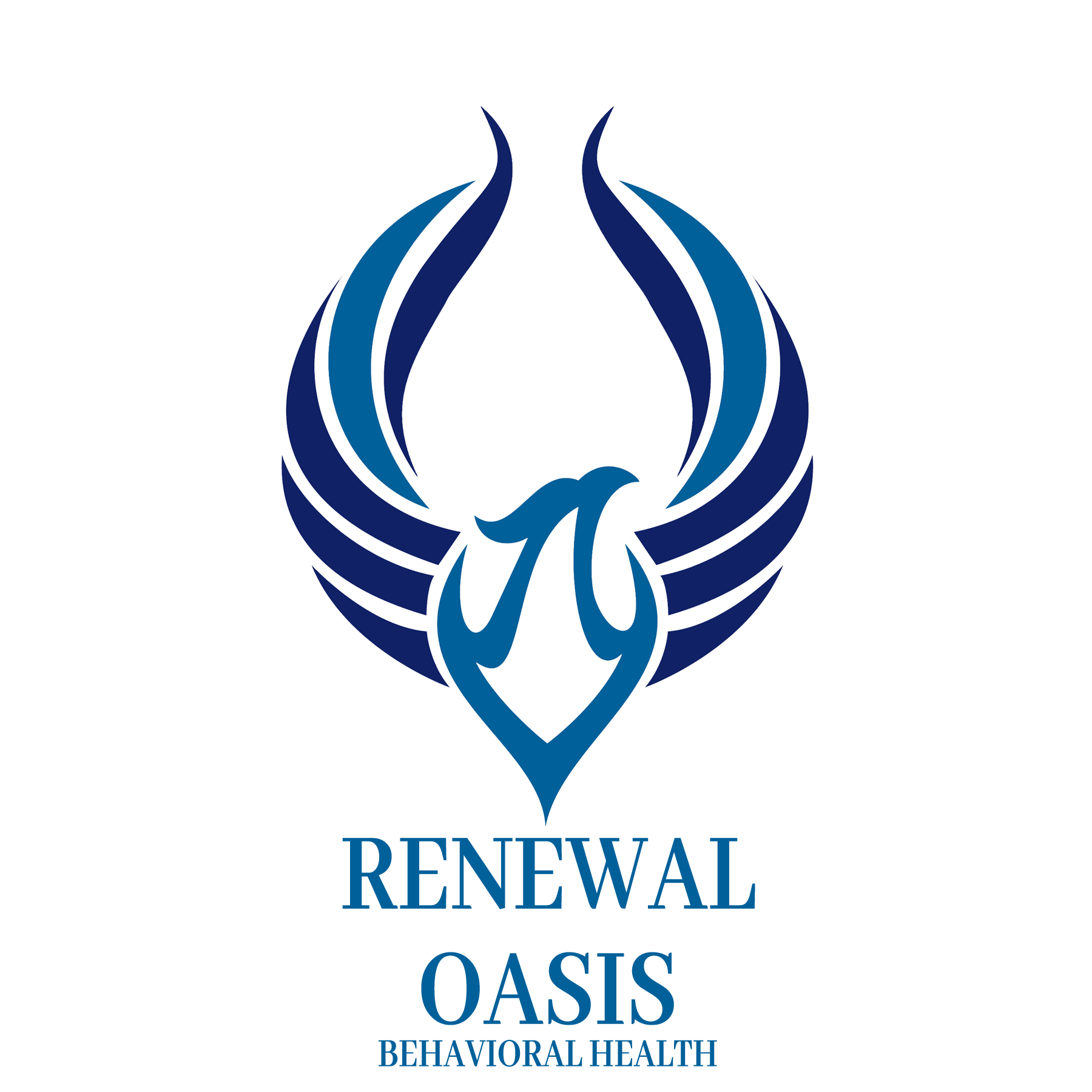Do you know the difference between ADD vs ADHD? Going back a generation, the term ADD (attention deficit disorder) was commonly used as a stand-alone diagnosis. When ADHD (attention deficit hyperactivity disorder) became well-known, it confused many people because they weren’t sure which term meant what.
Renewal Oasis employs a skilled staff of therapists who understand the challenges of living with ADD/ADHD. They provide supportive and nurturing care through the use of different types of therapy that teach people how to minimize their symptoms. We believe everyone who comes to us for care deserves effective and compassionate treatment to improve their mental health, and we are here to help you.
ADD vs ADHD
Approximately 15.5 million people in the U.S. have ADHD as of 2023. There is a lot of confusion for people when it comes to ADD vs ADHD. They wonder what each term means and in what way they are different.
What is ADD?
ADD was a term commonly used to describe people with attention deficit disorder who do not experience hyperactivity. It is now considered outdated, and it is covered under the umbrella of ADHD. The main symptoms of ADD include difficulty paying attention, being easily distracted, diminished memory, and poor executive function.
What is ADHD?
Someone with ADHD primarily experiences feeling unable to sit still for long, excessive energy, difficulty staying on one topic during conversation, and may engage in risky behaviors.
Types of ADHD
Part of understanding ADD vs ADHD involves knowing the three types of the disorder.
Inattentive ADHD:
People with inattentive ADHD tend to try to rush through activities and don’t pay attention to the details of schoolwork or work projects. They have trouble paying attention to tasks, following instructions, and meeting deadlines.
Primarily Inattentive ADHD:
People with this type of ADHD often show symptoms like difficulty paying attention, forgetfulness, and poor listening skills. The person often appears not to hear others because they are in their own world, and they often do not participate in conversations or activities.
Hyperactive-Impulsive ADHD:
The symptoms of this type of ADHD focus more on hyperactive and impulsive actions. They include finding it difficult to sit still or finish a project. The person may fidget a lot, talk excessively, interrupt others, and seem to have boundless energy.
ADD Symptoms vs ADHD Symptoms: Main Differences
The main difference in the symptoms someone has with ADD vs those with ADHD is hyperactivity. The term ADD used to refer to children and adults who did not experience energetic bursts that make it difficult for them to sit still. Instead, they might appear distracted, quiet, and keep to themselves.
On the other hand, children and adults with ADHD experience hyperactivity. A child might have extreme difficulty waiting in line, listening to others speak without interrupting the conversation, or following their teacher’s instructions. An adult may jump from conversation to conversation or begin an activity, then lose interest and move to another one on a regular basis.
ADHD in Children vs. Adults
When it comes to ADD vs ADHD, there are some differences between how children and adults experience it. ADHD most commonly appears during childhood, with symptoms typically starting before the child turns 12. Children often find that ADHD interferes with their ability to do well in school because they tend to act on their impulses, disrupt the classroom, or interrupt their teacher. Kids often don’t finish their homework or don’t properly study for a test because of their inability to pay attention, and this impacts their grades.
Approximately 60% of children with ADHD still experience the symptoms when they become adults. While the symptoms are similar, they manifest differently in many cases for an adult. The individual may find it difficult to complete college or do well on the job. Their attention is focused elsewhere, and organizational skills are not easily developed. The adult may also find that their symptoms interrupt their ability to have healthy, long-term relationships with partners.
How is ADHD Diagnosed and Treated?
If someone suspects they or their child may have ADHD, they need to speak to their physician, who may refer them to a mental health specialist. There is no physical test for the disorder, such as a blood test. Instead, the clinician will discuss the individual’s symptoms, including thoughts, feelings, and behaviors. This will help the professional decide if the person has ADHD and can then formulate a treatment plan.
Treatment can take place in a residential or outpatient program. Common therapies used in the treatment of ADHD include:
- Individual Therapy
- Cognitive Behavioral Therapy
- Dialectical Behavioral Therapy
- Holistic Therapy
People also commonly use prescription medications to treat the symptoms of ADHD.
Contact Renewal Oasis to Treat ADHD
Have you wondered about the difference between ADD vs. ADHD because this type of disorder impacts your own life or that of someone you care about? When someone struggles to focus and manage their energy levels, it affects their home, work, and school life. Renewal Oasis Behavioral Health Center understands how to offer the constructive support necessary to help someone minimize their symptoms and feel more in control.
Contact us now and see how our program can work for you or a loved one. We offer both residential and outpatient levels of care to fit your exact needs.
Sources
-
WebMD. What’s the Difference Between ADD & ADHD?
https://www.webmd.com/add-adhd/childhood-adhd/add-vs-adhd -
Centers for Disease Control and Prevention (CDC). Treatment of ADHD
https://www.cdc.gov/adhd/treatment/index.html -
APA (American Psychological Association). ADHD
https://www.apa.org/topics/adhd -
National Library of Medicine / PMC. Diagnosis and Treatment of ADHD in the Pediatric Population
https://www.ncbi.nlm.nih.gov/pmc/articles/PMC11001204/ -
Add.org. Types of ADHD in Adults
https://add.org/adhd-types/

